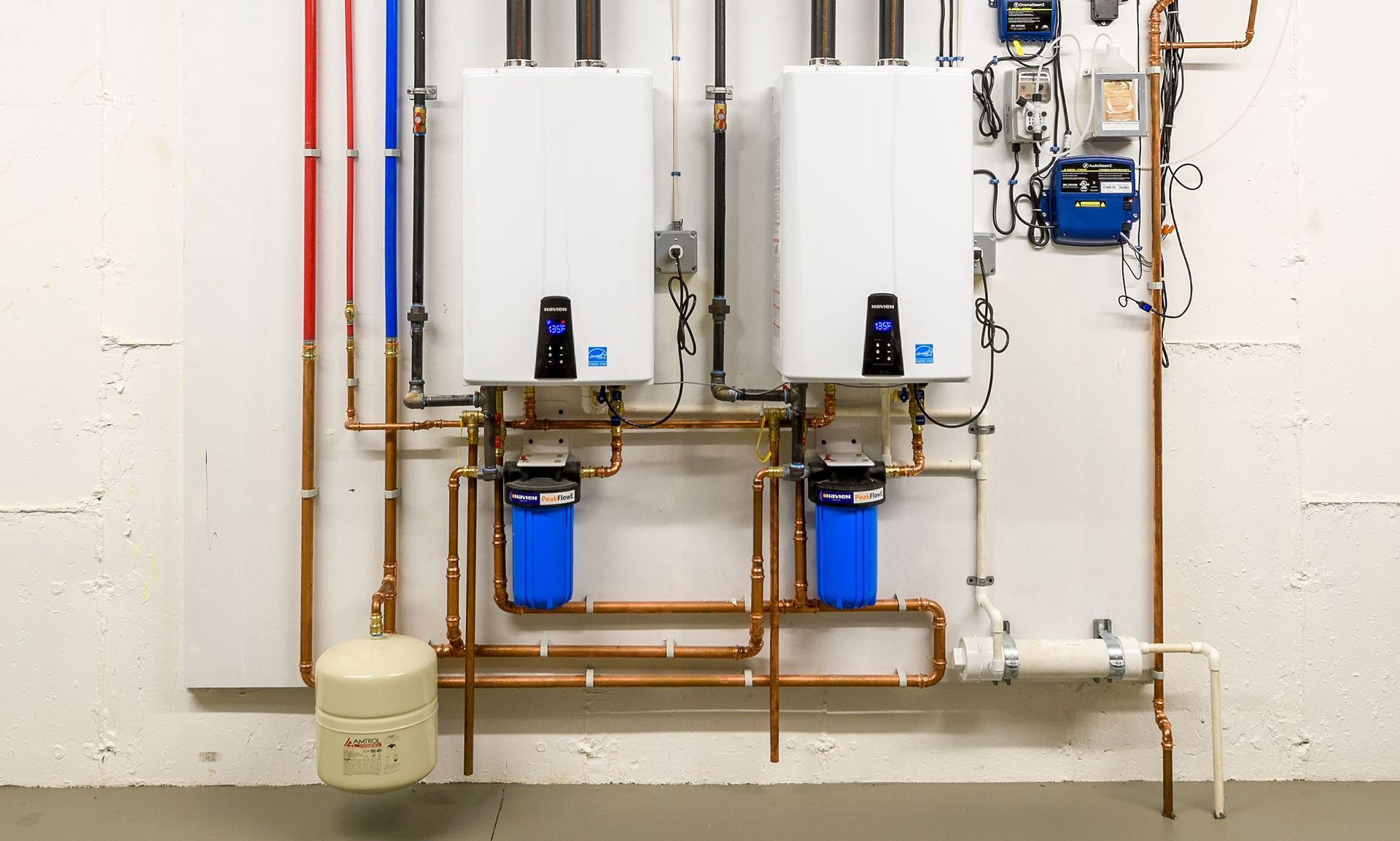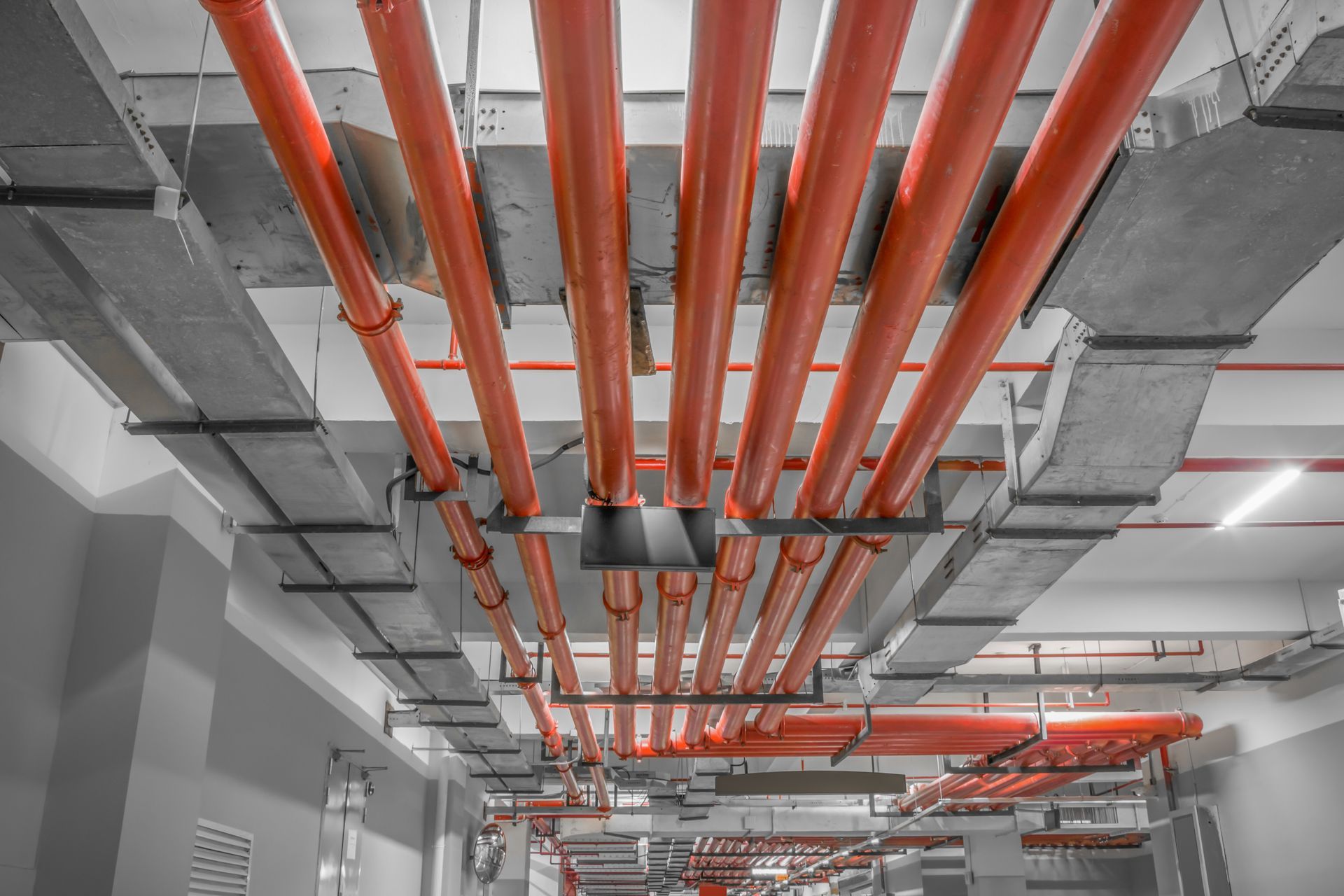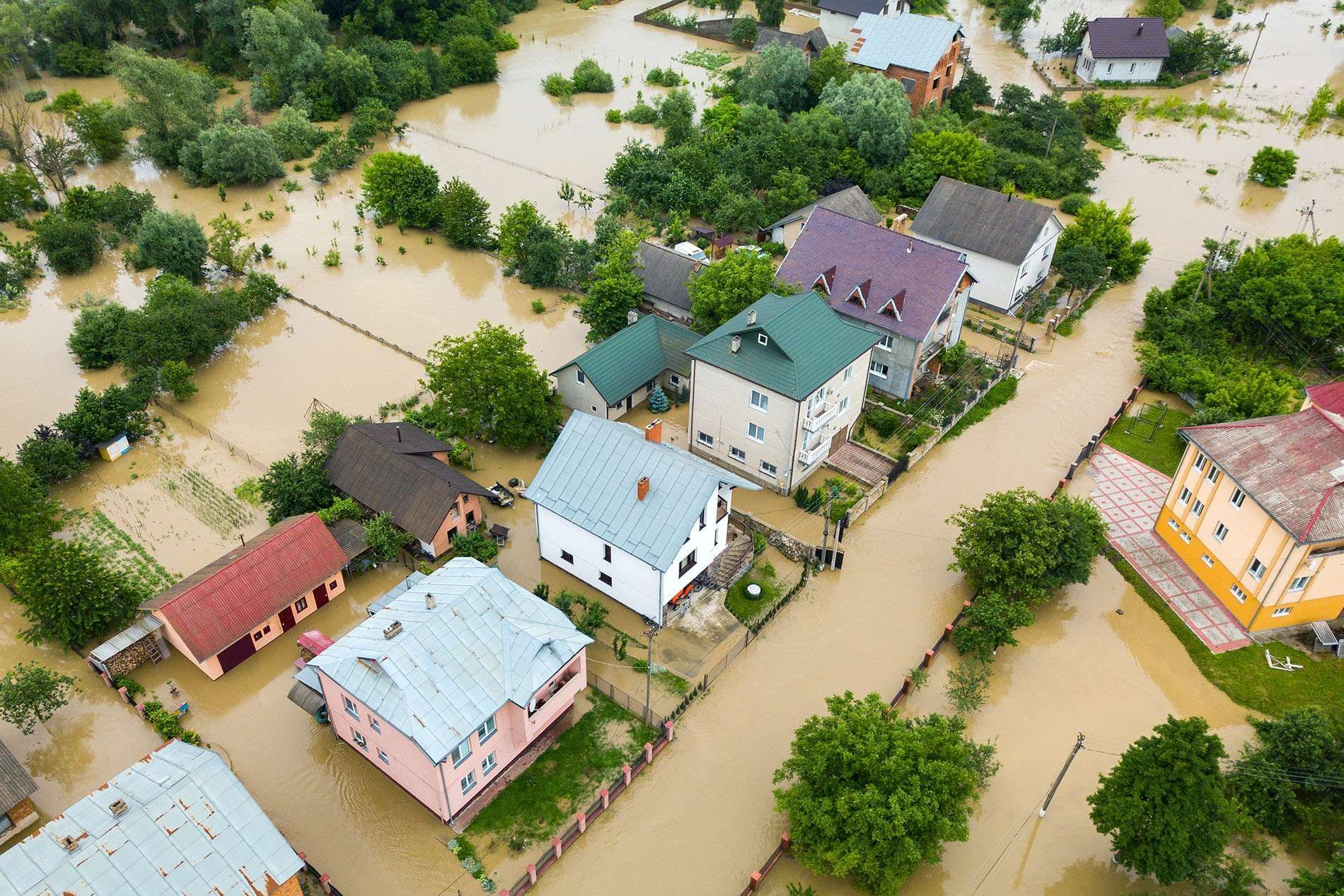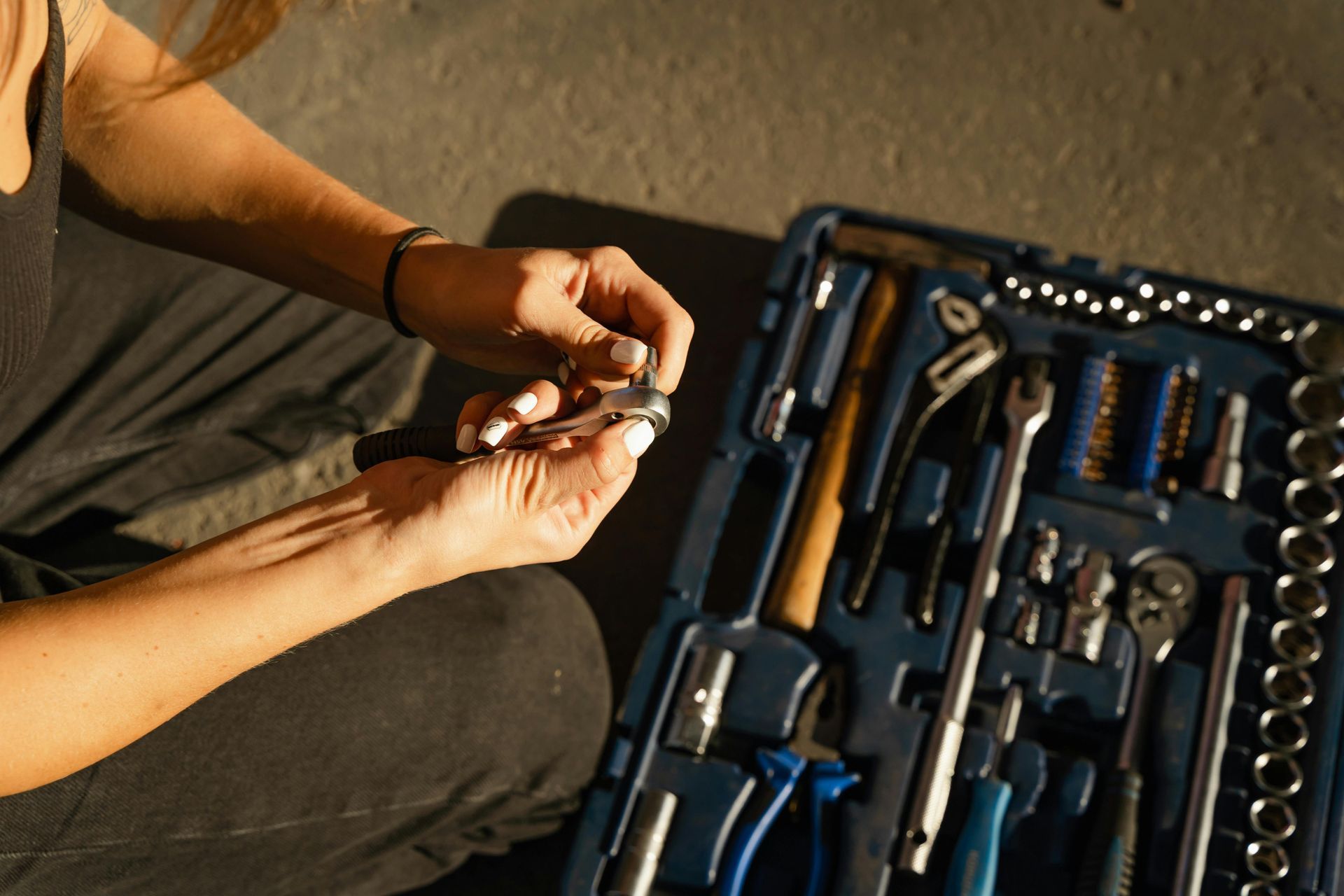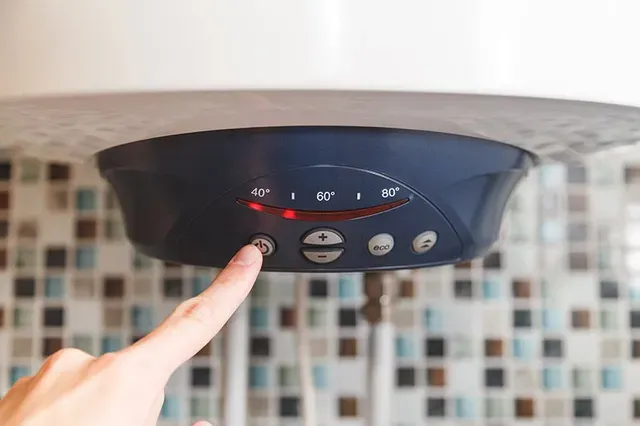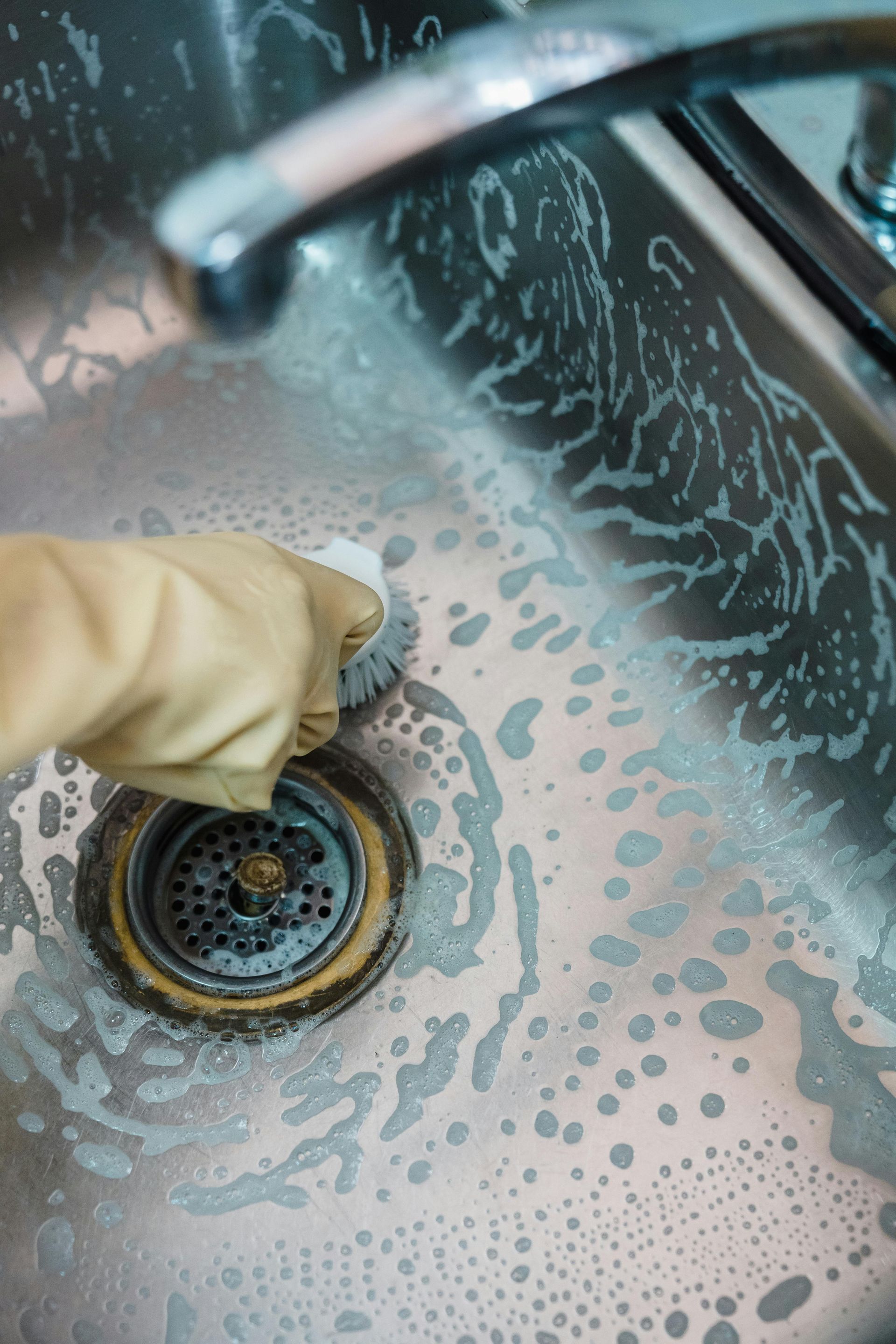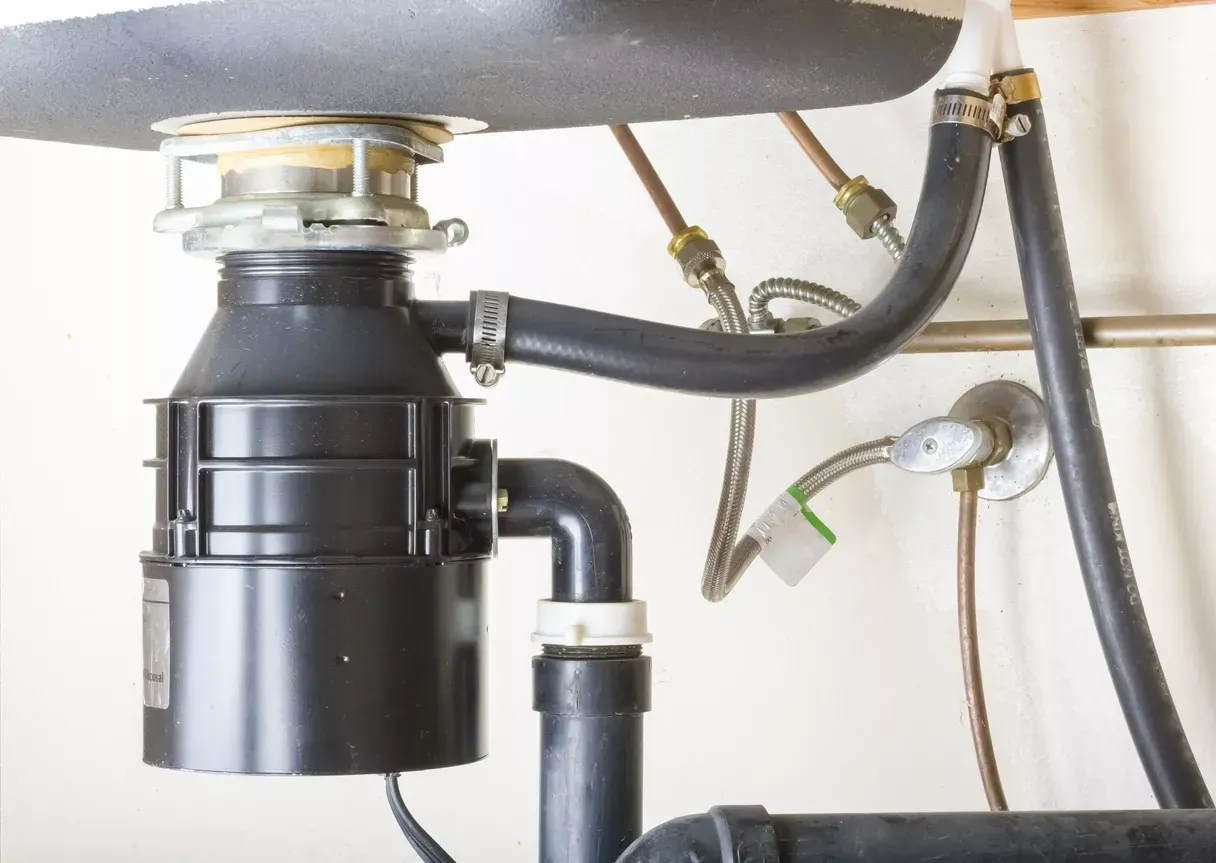Four Ways to Handle a Broken Sewage Pipe
A broken sewage pipe is more than just an inconvenience—it’s a full-blown plumbing emergency that can cause extensive property damage, unsanitary conditions, and costly repairs if not handled promptly. Whether it’s a small leak or a catastrophic rupture, understanding the causes, solutions, and preventive measures can make all the difference. Sewer pipes can fail due to aging, tree root invasion, shifting soil, corrosion, or unexpected physical damage. Whatever the reason, a swift and effective response is crucial to prevent contamination and restore your plumbing system to proper working order.
In this guide, we’ll explore four practical ways to handle a broken sewage pipe, walking you through each approach step by step. We’ll discuss traditional excavation, trenchless repairs, spot repairs, and temporary DIY fixes that can help mitigate damage until professional assistance is available. With expert recommendations, real-world examples, and actionable advice, you’ll be well-equipped to handle any sewer pipe disaster with confidence.
Repairing a Sewer Line Without Digging Using Trenchless Pipe Repair
Understanding the Causes of a Broken Sewage Pipe
Before diving into repair options, it’s essential to recognize the factors that lead to pipe failure. Age is one of the most common culprits—older sewer pipes made of clay, cast iron, or Orangeburg materials are prone to deterioration over time. Tree roots seeking moisture can infiltrate small cracks and expand, causing significant blockages and pipe fractures. Shifting soil, seismic activity, or heavy vehicle traffic over underground lines can lead to stress fractures and misalignment. In some cases, corrosive chemicals, grease buildup, or flushing non-degradable materials down the drain can accelerate pipe degradation, eventually leading to a break.
Solution #1: Traditional Excavation Repair
For severely damaged pipes, traditional excavation remains one of the most reliable solutions. This method involves digging a trench to access and replace the broken sewer line entirely. Although it’s labor-intensive and can be disruptive to landscaping, driveways, or sidewalks, it ensures a brand-new, long-lasting pipeline.
The process begins with a thorough inspection using a sewer camera to pinpoint the exact location and extent of the damage. Once identified, professional plumbers excavate the area, remove the broken section, and install a new pipe—typically made of durable materials like PVC or HDPE. After securing the connections, the trench is backfilled, and the area is restored as much as possible.
While excavation provides a permanent fix, it does come with risks. The cost of labor and restoration can be significant, particularly if structures like patios, roads, or gardens need to be torn up. Additionally, the time required to complete the repair may be longer compared to modern trenchless alternatives. However, for pipes that are severely misaligned, collapsed, or beyond repair, excavation is often the best solution.
Solution #2: Trenchless Pipe Repair
For homeowners looking to avoid the destruction associated with traditional excavation, trenchless pipe repair is a cutting-edge alternative. This method allows professionals to repair or replace sewer lines with minimal digging, preserving your yard and infrastructure while ensuring a fully functional pipe system.
Trenchless repair techniques include pipe lining and pipe bursting. Pipe lining, also known as cured-in-place pipe (CIPP) repair, involves inserting a flexible resin-coated liner into the existing damaged pipe. Once expanded and hardened, this liner creates a seamless new pipe within the old one, sealing any cracks or leaks. Pipe bursting, on the other hand, involves pulling a new pipe through the existing one while simultaneously fracturing the old pipe outward. This method effectively replaces the sewer line without requiring extensive excavation.
Trenchless repairs are faster, less invasive, and often more cost-effective than traditional excavation. However, they may not be suitable for pipes with extreme misalignment or complete collapse. Consulting with a professional plumber to assess feasibility is essential before proceeding with this option.
Solution #3: Spot Repairs for Localized Damage
Sometimes, a sewage pipe doesn’t require full replacement—minor cracks or leaks can be addressed with spot repairs. This approach is ideal for localized damage, such as a small fracture or a specific section affected by tree root intrusion.
Spot repairs typically involve cutting out the damaged portion of the pipe and replacing it with a new segment. For minor cracks, epoxy resins or sewer sleeves can be used to reinforce the existing structure, effectively sealing the damaged area. These repairs are quicker and more affordable than full replacements, making them a preferred option when the rest of the sewer line is still in good condition.
However, spot repairs are not always a long-term fix. If the pipe has underlying issues such as widespread deterioration or multiple weak points, addressing only one section may lead to recurring problems in the future. Therefore, a thorough inspection is necessary to determine if a spot repair is a viable solution.
Solution #4: Temporary DIY Fixes to Mitigate Damage
While waiting for professional assistance, homeowners can take temporary measures to reduce the immediate impact of a broken sewer pipe. These quick fixes won’t solve the problem entirely but can help prevent further damage and contamination.
Applying waterproof tape or a rubber patch to small leaks can provide a temporary seal. Epoxy putty is another short-term solution that hardens over cracks, stopping sewage from leaking until a permanent repair is made. If the break is underground, diverting water away from the affected area can minimize further soil erosion and structural damage.
It’s important to remember that these DIY solutions are only stopgap measures. Attempting to fix a major sewer line issue without professional help can lead to bigger problems down the road. As soon as a break is detected, scheduling an inspection and repair with a licensed plumber should be the priority.
Preventive Measures to Avoid Future Sewer Pipe Breaks
Prevention is always better than repair, and taking proactive steps can help extend the lifespan of your sewer pipes. Regular maintenance, including professional inspections and hydro-jetting to clear debris, can prevent blockages and early-stage cracks from worsening. Avoiding the disposal of grease, harsh chemicals, and non-biodegradable materials down drains can also protect the pipe’s structural integrity.
For properties with trees near sewer lines, installing root barriers or opting for slow-growing tree species can reduce the risk of root intrusion. Additionally, monitoring for warning signs such as slow drains, foul odors, or wet patches in the yard can help catch problems early before they escalate into costly repairs.
Conclusion: Choosing the Right Approach for Your Situation
Dealing with a broken sewage pipe is never a pleasant experience, but knowing your options can make the process more manageable. Traditional excavation remains a foolproof solution for severely damaged pipes, while trenchless repair offers a modern, less invasive alternative. Spot repairs provide quick fixes for minor issues, and temporary DIY solutions can help mitigate damage while awaiting professional intervention.
By understanding the causes of sewer line damage, selecting the appropriate repair method, and taking preventive measures, homeowners can protect their plumbing systems and avoid future crises. When in doubt, consulting with an experienced plumber is the best way to ensure a durable and effective solution. A well-maintained sewer system keeps your home safe, functional, and free from the headaches of unexpected plumbing disasters.
